Can Sphynx Cats Really Grow Hair?: Unlocking the Mystery

Sphynx cats, with their unique hairless bodies and large ears, never fail to grab attention. Their smooth, wrinkled skin and mysterious eyes make them one of the most interesting cat breeds. But a common question among cat lovers is: Can Sphynx cats actually grow hair? In this article, we’ll dive into the world of Sphynx cats to explore the truth about their hair growth, what influences it, and how to care for their sensitive skin.
The Genetics Behind Their Hairlessness
The Hairless Gene Explained
Sphynx cats owe their hairless look to a special recessive gene called “hr”. This gene affects the development of hair follicles, so instead of the typical fur you’d see on most cats, Sphynx cats have smooth, bare skin. However, “hairless” doesn’t always mean completely hairless—there’s a bit more to the story.
Some Sphynx Cats Have Hair (Well, Kind Of)
Though most Sphynx cats appear totally bald, some may have tiny patches of fine, peach-fuzz-like hair on their ears, nose, or tail. This light fuzz can come from slight genetic differences or even changes in the cat's environment. These small patches won’t turn into a full coat, but they do add to the Sphynx’s already distinctive look. Explore more about it in our blog, The Mystery Behind Sphynx Cats With Hair.
How the Environment Affects Hair Growth
Climate and Hair Growth
Believe it or not, the weather can impact whether a Sphynx cat grows a little bit of hair. In warmer climates, Sphynx cats tend to stay hairless since their skin doesn’t need the extra protection. But in colder environments, some cats may develop a soft fuzz to help keep warm. While it's not a full fur coat, this tiny bit of hair helps regulate body temperature when needed.
Nutrition and Skin Health
What your Sphynx eats also plays a role in their skin’s health. A diet that’s rich in essential nutrients, especially omega fatty acids, proteins, and vitamins, supports healthy skin. While it won’t suddenly cause hair to sprout, a balanced diet does help keep their skin smooth, hydrated, and free from irritation, which is especially important for a hairless breed like the Sphynx. Nourishing Your Sphynx Kitten: A Guide to the Perfect Diet, have a quick read on this blog for you to give your pets the best diet they could ever have to make them strong and healthy.
Hormonal Changes and Hair Growth
Hormones and Puberty
Sphynx cats can experience hormonal changes during different life stages that may lead to temporary hair growth. For example, when a Sphynx kitten reaches puberty, they might grow some light hair due to shifts in their hormones. This hair growth is typically short-lived and disappears as they mature.
Pregnancy and Hair Changes
In female Sphynx cats, pregnancy can trigger similar hormonal changes, sometimes leading to a little extra fuzz. After the kittens are born, the mother’s hair growth usually returns to its hairless state as her body’s hormones level out.
Caring for Sphynx Cats’ Skin: Grooming Tips
Skincare Is Key
Without fur to absorb oils, Sphynx cats need regular baths to keep their skin clean and healthy. Oils that build up can cause skin irritation or even acne, so giving your Sphynx a gentle bath every week or so is important. Along with bathing, using a pet-safe moisturizer can keep their skin soft and supple.
Protecting Against Sunburn
Another thing to watch out for is sunburn. Since Sphynx cats don’t have fur, their skin is vulnerable to the sun’s UV rays. If they spend time near windows or outdoors, you’ll need to take extra care. Provide shaded spots for lounging or use pet-friendly sunscreen to protect their delicate skin.
Busting Myths About Sphynx Cats and Hair Growth
There are several myths floating around about Sphynx cats, especially when it comes to hair. For one, they aren’t always 100% hairless, as we’ve learned. Also, while they don’t shed like furred cats, they aren’t hypoallergenic. Sphynx cats still produce dander and saliva, both of which can trigger allergies in sensitive individuals.
Debunk all those myths with our article Debunking Myths About Sphynx Kittens so that you'll know what the facts are.
Conclusion: Sphynx Cats Are More Than Just Hairless
Sphynx cats may be known for their lack of fur, but there’s a lot more to them than meets the eye. Some have small patches of hair, while others might develop fuzz in colder environments or due to hormonal changes. Whether or not they grow a little hair, their unique appearance, affectionate personalities, and the special care they require make Sphynx cats fascinating companions.
Interested in learning more about these remarkable felines? Be sure to check out other articles on Purebred Kitties, like our guide to "Sphynx Cats: Exploring Their Friendliness of Sphynx Cats," to dive deeper into the world of Sphynx cats.
Contact Us if you're curious about them. Adopt one. You can always visit and Check Our Available Hairless Sphynx Cats for Sale and learn about our Adoption Process to start your new and amazing journey with us. Do not miss out!
FAQs About Sphynx Cats and Hair Growth
-
Can all Sphynx cats grow hair?
- Not exactly. While most Sphynx cats are hairless, some may grow small patches of fine hair due to genetic factors or environmental conditions.
-
How do I care for a Sphynx cat’s skin?
- Regular baths and moisturizing are essential. Without fur to absorb oils, their skin needs a bit more attention than most cats.
-
Are Sphynx cats prone to sunburn?
- Yes, their lack of fur makes them more sensitive to the sun. It’s important to keep them protected, especially in sunny areas.
-
Do hormones affect a Sphynx cat’s hair growth?
- Yes, during puberty or pregnancy, hormonal changes can cause temporary hair growth, although it usually doesn’t last.
-
What diet is best for Sphynx cats?
- A balanced diet rich in nutrients like omega fatty acids and vitamins is great for maintaining healthy skin and overall well-being in Sphynx cats.

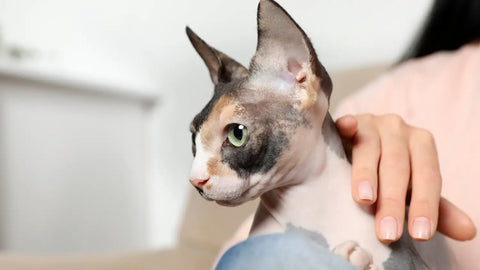



























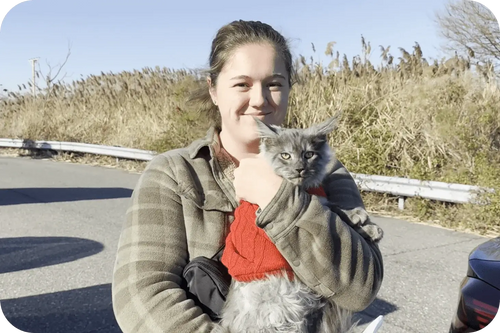








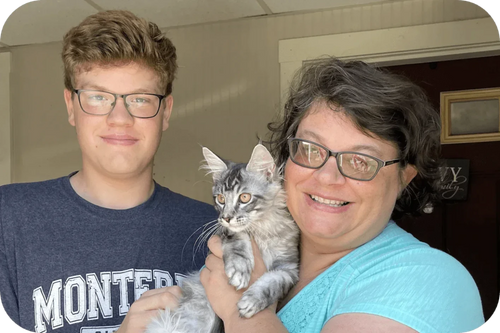




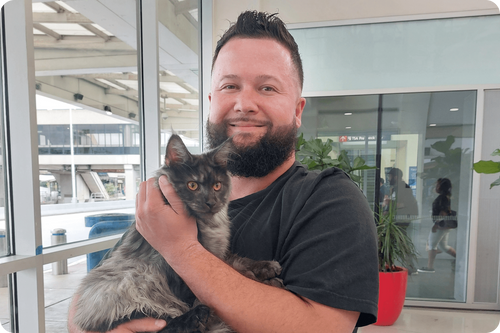











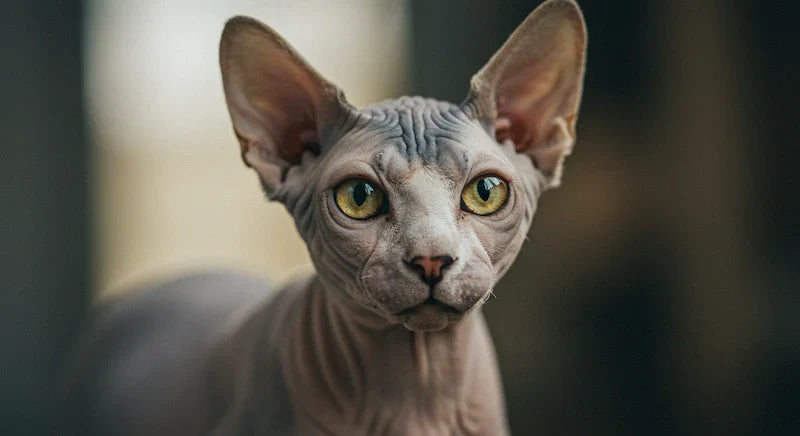
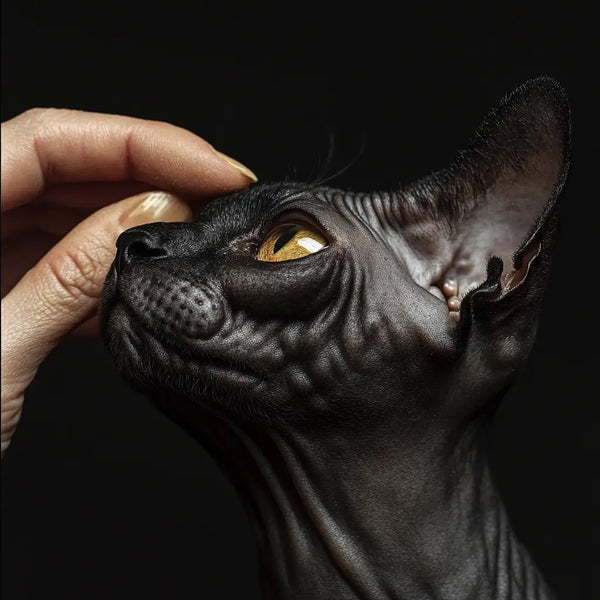

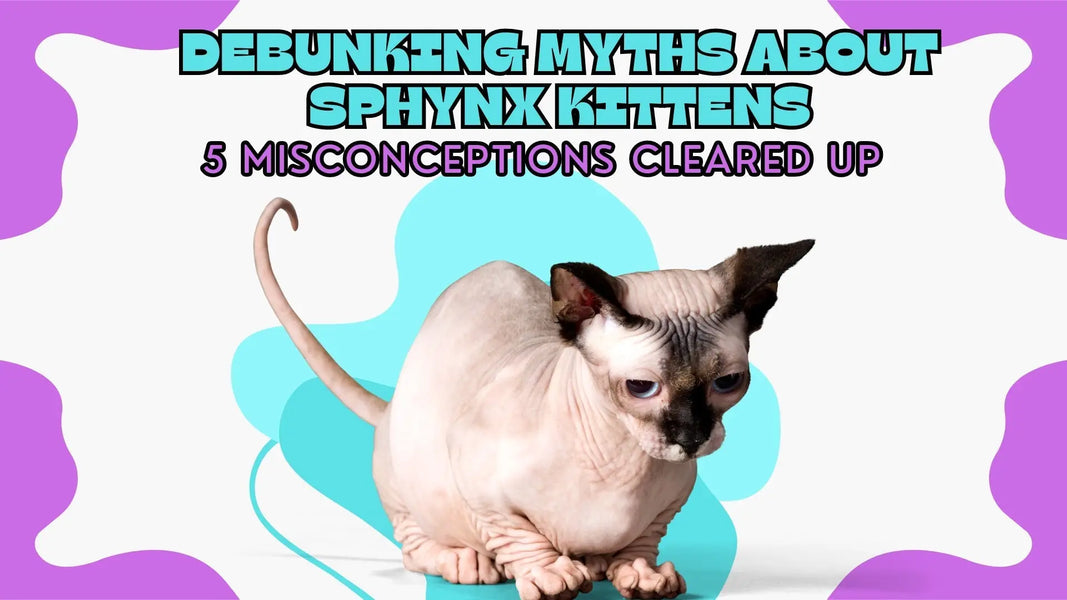





Comments(0)